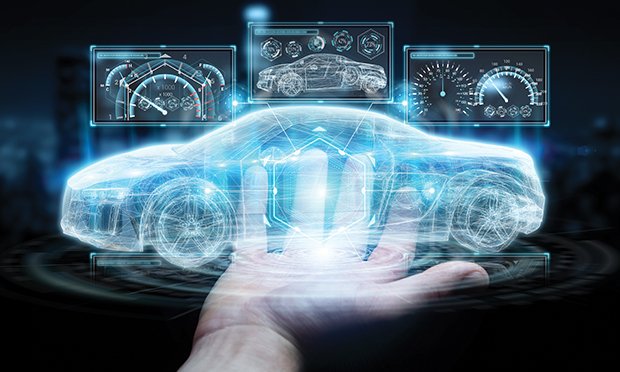 One of the biggest disruptions in the insurance industry is the move toward in-vehicle data collection by original equipment manufacturers. (Photo: Shutterstock)
One of the biggest disruptions in the insurance industry is the move toward in-vehicle data collection by original equipment manufacturers. (Photo: Shutterstock)
The hyper-connected cars of today not only provide amenities like internet access, onboard entertainment and turn-by-turn navigation to drivers and passengers — they offer a wealth of data that is drastically reshaping the auto insurance landscape. As technology improves and driving data becomes increasingly accurate, usage-based insurance (UBI) policies are gaining popularity.
Recommended For You
Want to continue reading?
Become a Free PropertyCasualty360 Digital Reader
Your access to unlimited PropertyCasualty360 content isn’t changing.
Once you are an ALM digital member, you’ll receive:
- Breaking insurance news and analysis, on-site and via our newsletters and custom alerts
- Weekly Insurance Speak podcast featuring exclusive interviews with industry leaders
- Educational webcasts, white papers, and ebooks from industry thought leaders
- Critical converage of the employee benefits and financial advisory markets on our other ALM sites, BenefitsPRO and ThinkAdvisor
Already have an account? Sign In Now
© Touchpoint Markets, All Rights Reserved. Request academic re-use from www.copyright.com. All other uses, submit a request to [email protected]. For more inforrmation visit Asset & Logo Licensing.







